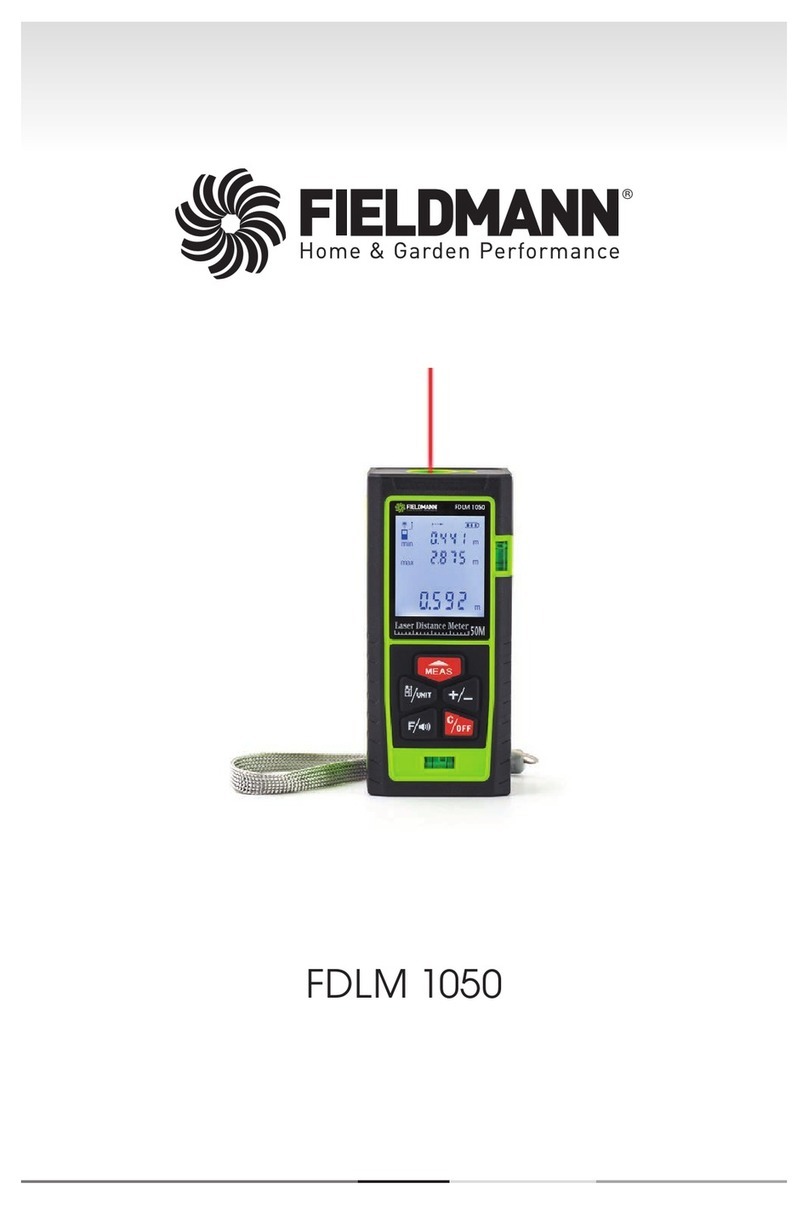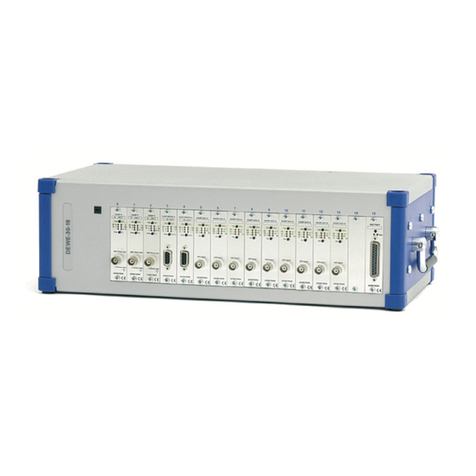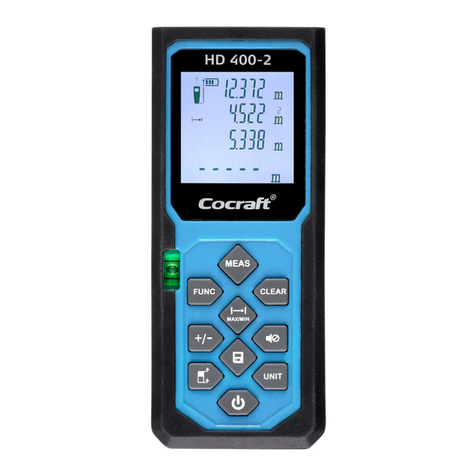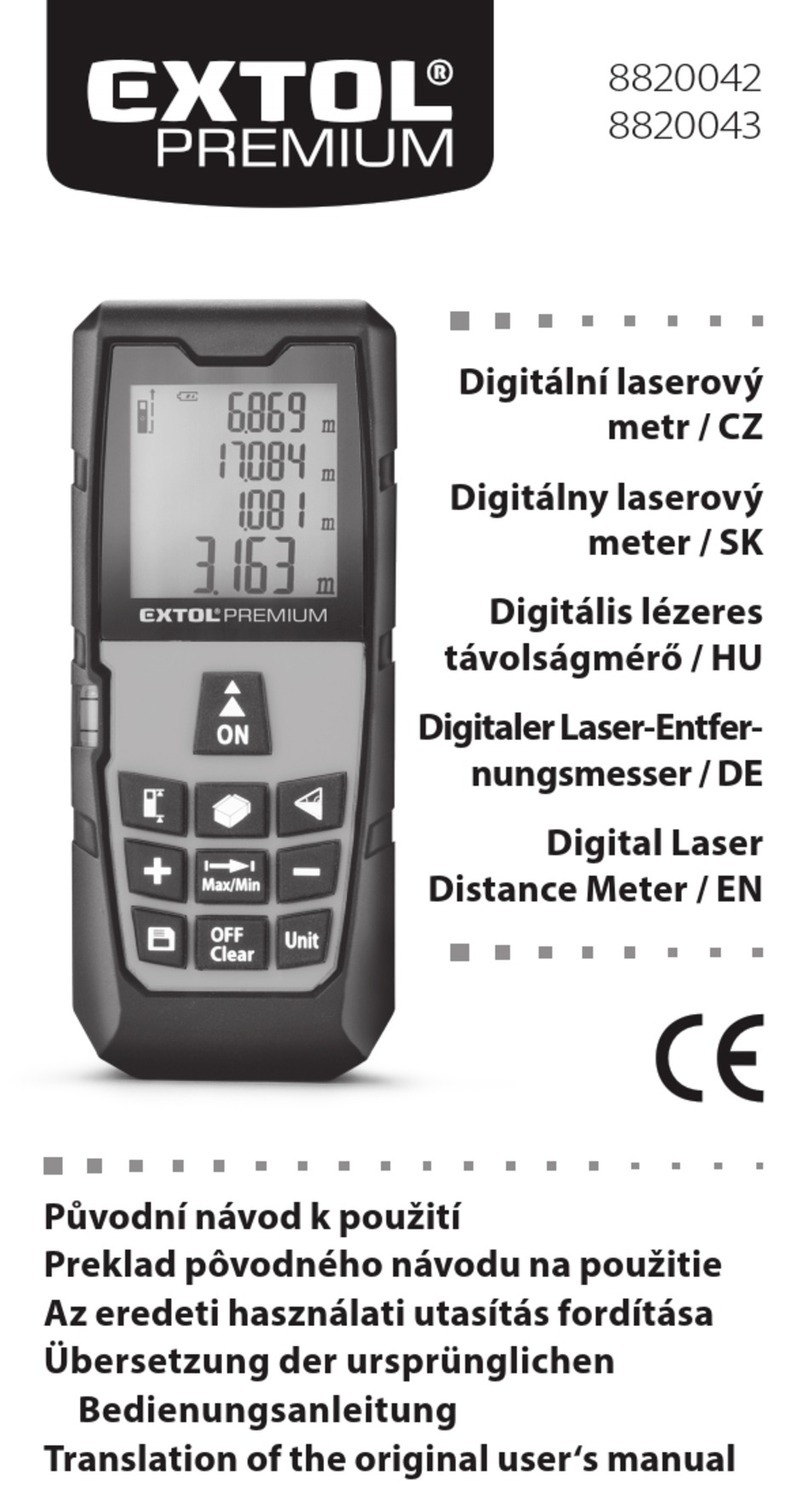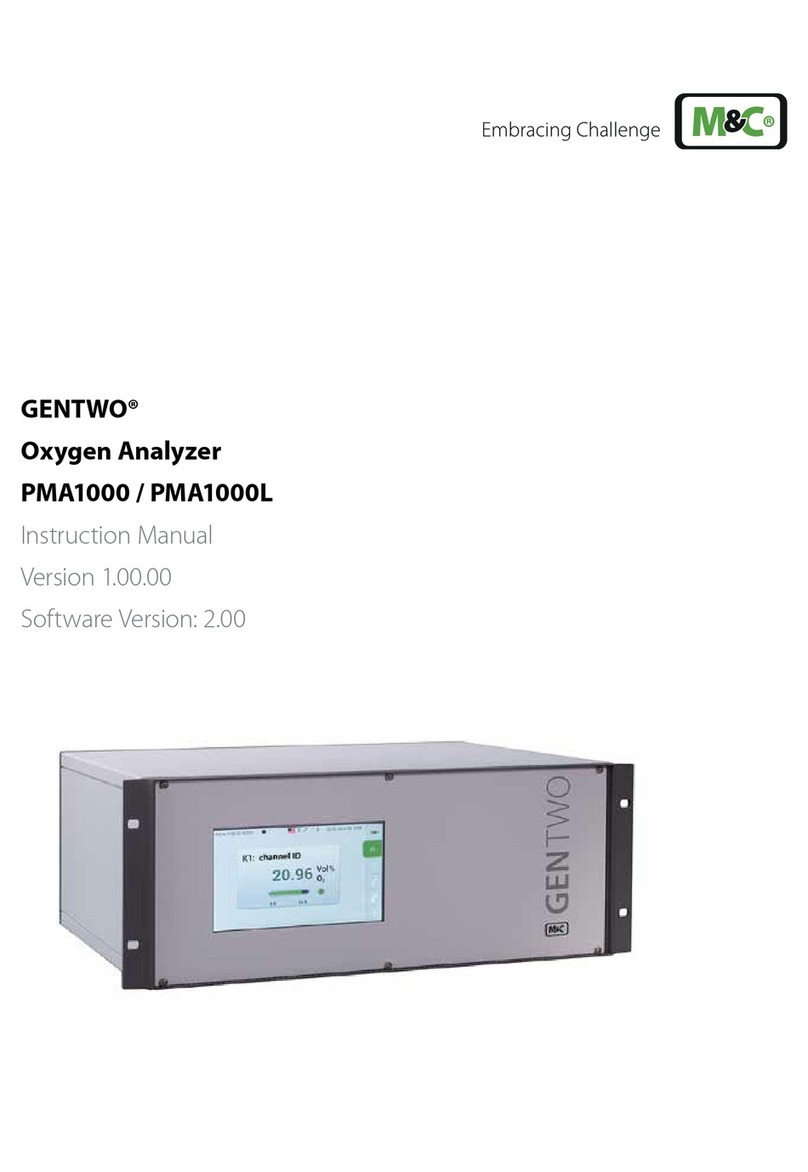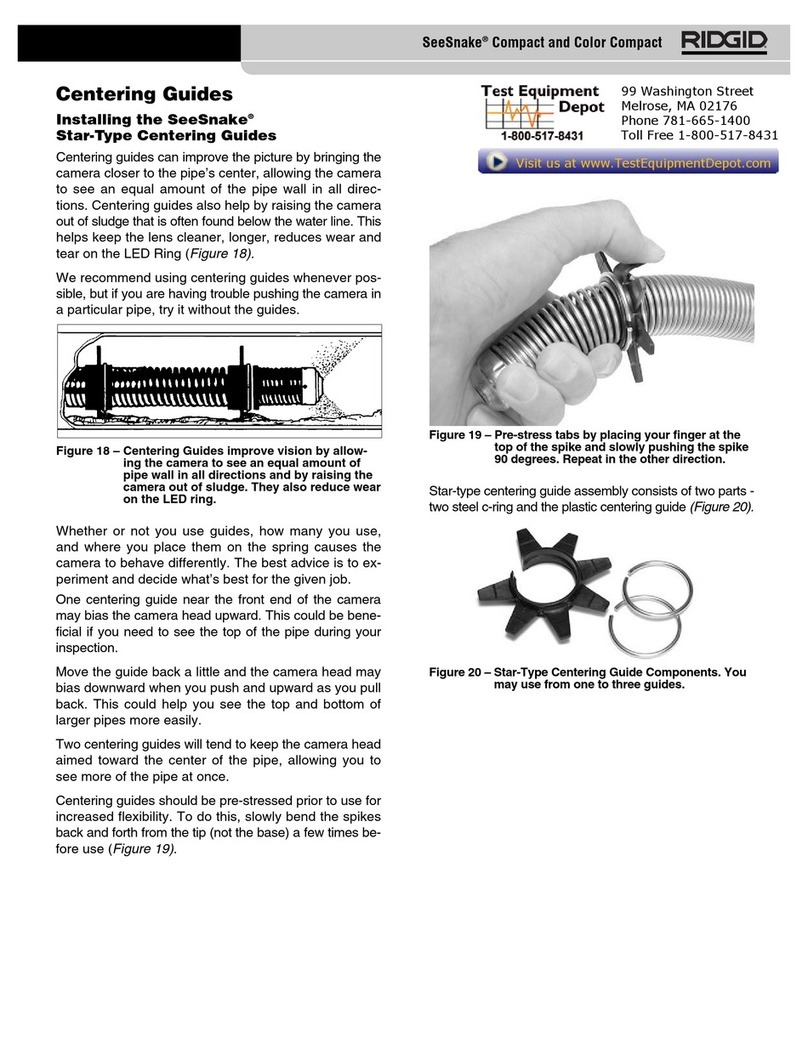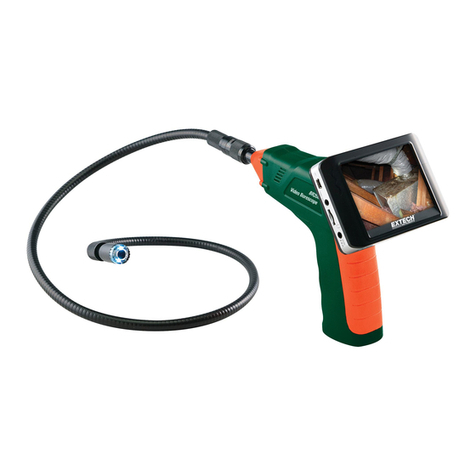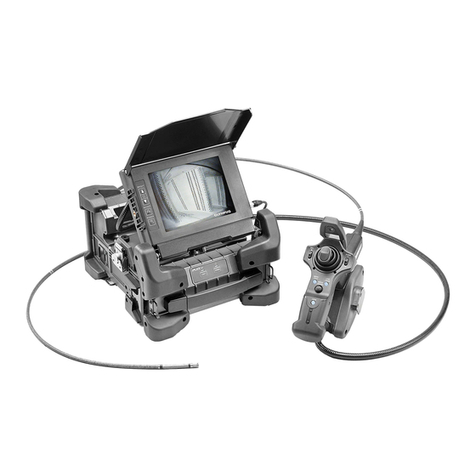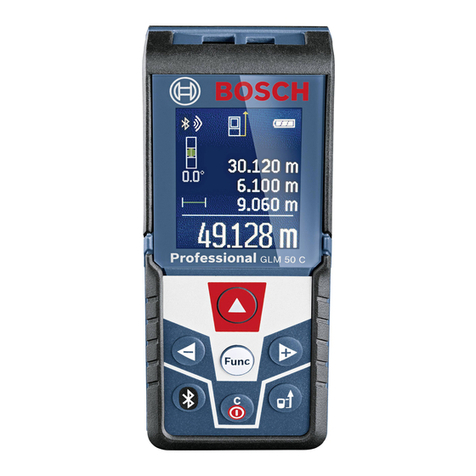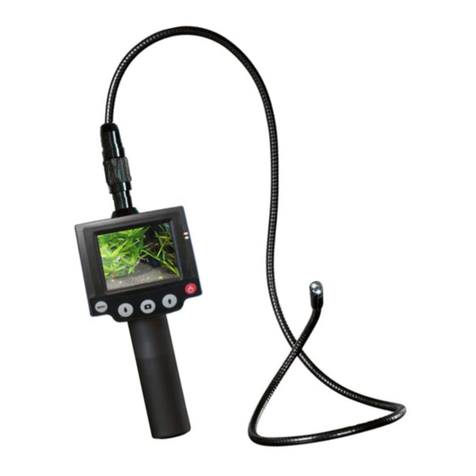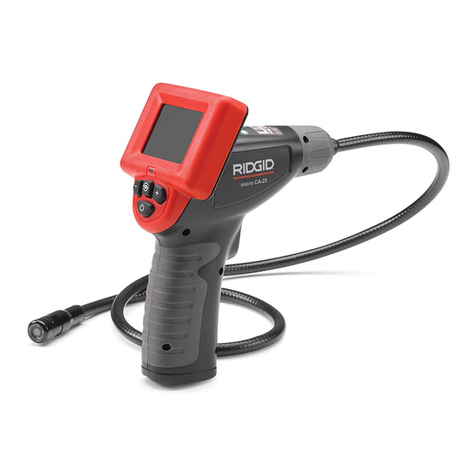
K-O2 Oxygen Sensor
Kele, Inc. • 3300 Brother Blvd. • Memphis, TN 38133 Page: ii
www.kele.com
TABLE OF CONTENTS
Product Ordering Information ....................................................................................................................................... 1
1 Specifications ......................................................................................................................................................... 2
2 Mechanical Installation .......................................................................................................................................... 3
2.1 Enclosure Dimensions .......................................................................................................................................... 4
3 Electrical Installation ............................................................................................................................................. 4
3.1 Analog Output Connections ......................................................................................................................... 4
3.2 Relay Connections ........................................................................................................................................ 4
3.3 Power Connection ........................................................................................................................................ 5
4 Operational Description ........................................................................................................................................ 5
4.1 Special Modes .............................................................................................................................................. 6
4.2 Warning /Ventilation and Alarm Conditions ................................................................................................ 7
4.3 Setting Ventilation and Alarm Thresholds ................................................................................................... 7
4.4 Concentration Reporting .............................................................................................................................. 7
5 Sensor Calibration .................................................................................................................................................. 7
5.1 Calibration Gases ......................................................................................................................................... 9
5.2 Calibration gas connection ........................................................................................................................... 9
5.3 Zero Calibration Procedure ........................................................................................................................ 10
5.4 Span Calibration Procedure ....................................................................................................................... 11
6 Sensor Module Replacement............................................................................................................................... 12
6.1 Field Replacement of Sensor Modules ....................................................................................................... 12
7 Warranty .............................................................................................................................................................. 13
7.1 Duration ..................................................................................................................................................... 13
7.2 Limited warranty and remedies. ................................................................................................................ 13
8 Disclaimers ........................................................................................................................................................... 14
8.1 Inspection and Maintenance...................................................................................................................... 14
8.2 Life Safety ................................................................................................................................................. 14
